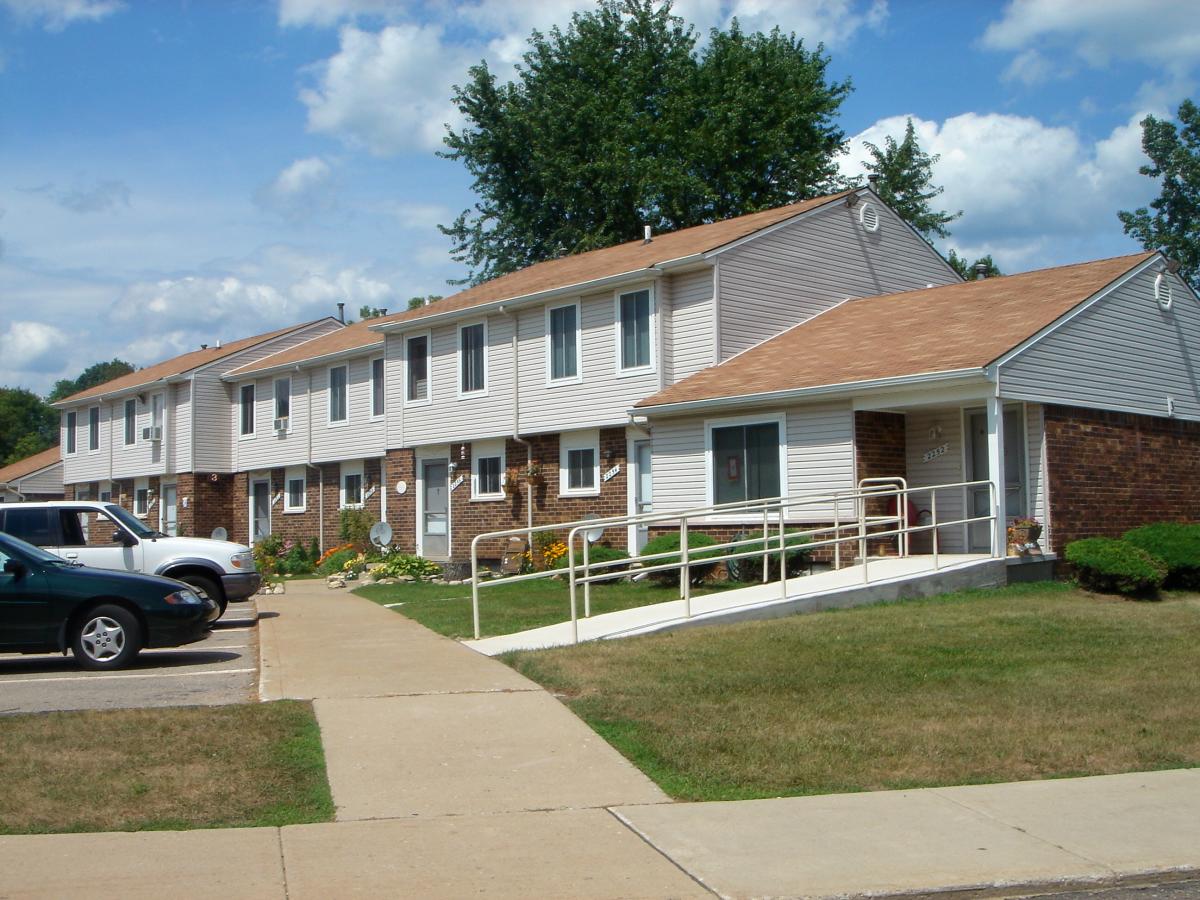In America’s fast-growing cities, the need for new housing isn’t keeping up with the demand. A handful of cities have found some new policy ideas to address a problem that doesn’t have a silver-bullet solution. Five big lessons from cities across the country—and a surprise.
1.
Single-family housing can be un-zoned

The middle-class dream of a single-family home is the biggest impediment to affordable housing, according to some housing activists—it keeps prices up by preventing new and denser developments, and NIMBY homeowners can be a potent political obstacle to change. But not always: In Minneapolis, the city council abolished single-family zoning in December. On lots where only one home could be built, now developers can put duplexes and triplexes.
2.
Veterans have a secret weapon

In Arlington, Virginia (outside Washington, D.C.) one American Legion post has partnered with a local affordable housing non-profit to build 160 affordably priced apartments on its property, about half of which will go to veterans. The Legion has thousands of posts across the country, a huge inventory of convertible locations.
3.
Tiny homes can tackle a big problem

Tiny homes might sound like a cute fad—virtue-signaling for the less-is-more crowd—but they can also offer a lifeline. In Detroit, a Methodist minister has assembled a small village of a dozen 400-square-foot houses to help once-homeless people, seniors and other low-income residents achieve permanent housing. The occupants can rent-to-own over seven years.
4.
Housing affordability is a racial justice issue

Throughout much of the 20th century building boom that came to define the look of major American cities, racist deed restrictions and redlining were used to keep minorities out of a city’s so-called best neighborhoods. The explicitly racist housing policies are long gone, but some Minneapolis activists believe single-family zoning has perpetuated those policies. Integration, they say, will follow more affordable housing options.
32%
The increase in median rent nationally from 2001 to 2015.
0.1%
The annual decline in median income over the same period.
5.
Can 3D printing transform home construction?

Viral videos of robotic arms squeezing out sinuous layers of concrete offer the promise of homes built in a day for less than the average millennial pays in annual rent. Startups have pitched 3D-printed homes as a solution to everything from disaster recovery to Mars colonization, but so far builders are struggling to bridge the gap between aspiration and permitted structures that people can actually live in.
…AND A SURPRISE:

The problem goes up to the Supreme Court. Nearly a century ago, the U.S. Supreme Court upheld zoning laws, employing an anti-apartment argument that many density-favoring modern planners would find objectionable: “Very often the apartment house is a mere parasite…interfering by their height and bulk with the free circulation of air and monopolizing the rays of the sun which otherwise would fall upon the smaller homes…until, finally, the residential character of the neighborhood and its desirability as a place of detached residences are utterly destroyed.” It’s more or less the argument that critics of rezoning employ to this day.
Source: politico





